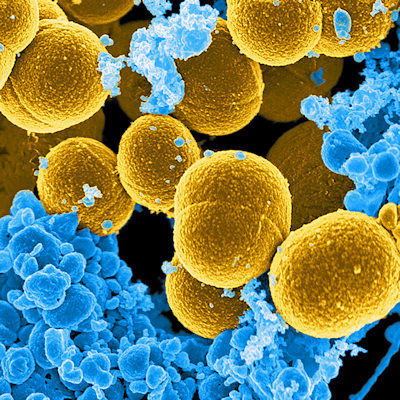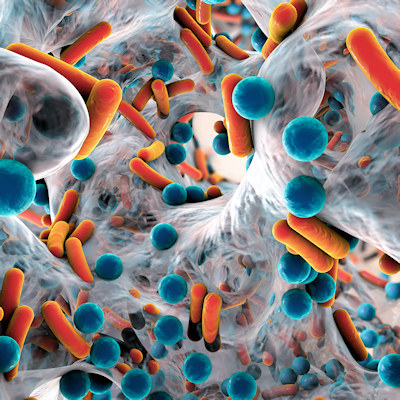May 16, 2023 -- Work to improve the potency and reduce the toxicity of an antimicrobial peptide has yielded a molecule that inhibited multidrug-resistant bacteria (MDR) in early-stage tests.
The project, details of which were published recently in the journal Antibiotics, builds on decades of research into Plantaricin 149, a bactericidal molecule produced by the bacterium Lactobacillus plantarum. Japanese researchers showed that the molecule has a bactericidal action that enables L. plantarum to combat other bacteria in 1994, spurring further work to improve the risk-benefit profile of the natural product.
In the latest phase of that effort, scientists at Brazil's Center for Innovation in Biodiversity and Drug Discovery (CIBFar) designed and tested a new analog of the antimicrobial peptide called Pln149-PEP20. Ilana Camargo, the CIBFar scientist who led the study, explained the key findings in a statement.
"The main advances in our research consist of the development of this smaller, more active, and less toxic molecule, and the characterization of its action and propensity to develop resistance. It has proven to be highly promising in vitro -- active against MDR bacteria and extensively resistant bacteria," Camargo said.
Pln149-PEP20 is around half the size of the original molecule and has shown the most promise of the 20 peptides synthesized in the project. Camargo and her collaborators found the peptide "demonstrated excellent bactericidal activity within one hour" and determined its minimal inhibitory concentrations for 60 bacteria of different species and resistance profiles.
Further work shed light on how the peptide may exert its effects on bacteria and whether the molecule is likely to drive the emergence of drug-resistant strains. The researchers ran a directed-evolution in vitro experiment and performed whole-genome sequencing of selected mutants that had increased minimal inhibitory concentrations and wild-type isolates.
Most mutations linked to resistance were concentrated in genes associated with membrane metabolism. The work suggests that the peptide has a carpet mode of interaction, a mechanism characterized by the disruption of the integrity of the membrane. Multiple data points support the mechanism, although the researchers cannot rule out that Pln149-PEP20 has a secondary intracellular effect on bacteria.
More work into the mechanism of action is on the roadmap for further research into Pln149-PEP20, as Gabriela Righetto, first author of the paper, explained.
"In terms of the action mechanism, it's also possible to use the cell morphology of the bacteria to identify cellular pathways affected by the peptide," Righetto said. "As for optimization, the molecule can be functionalized by being linked to macrostructures, and the amino acid sequence can be modified."
Copyright © 2023 scienceboard.net










